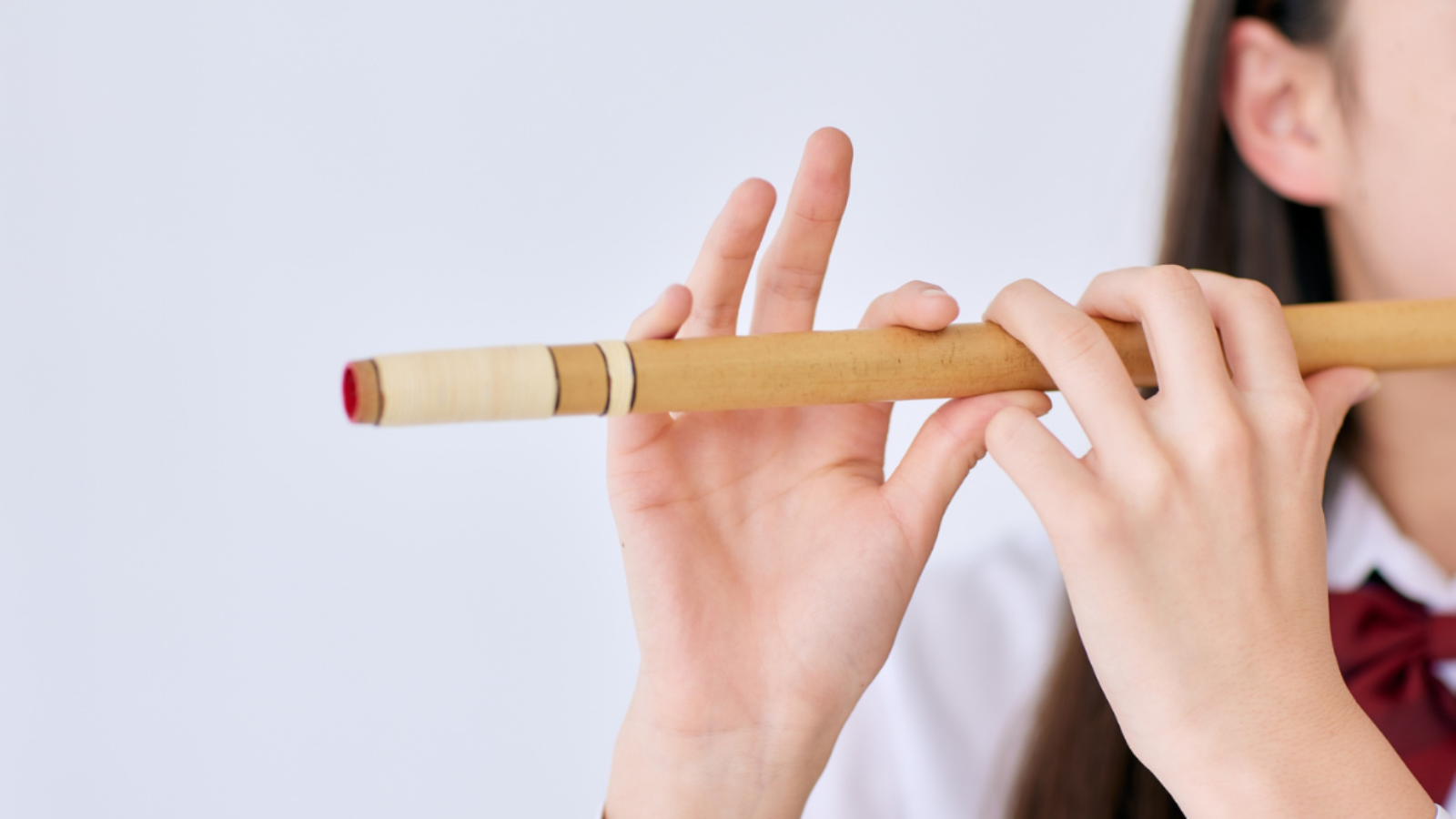Unlock the joy of music with this beginner-friendly guide on how to play the flute for beginners

Learning how to play the flute can be an incredibly rewarding experience for music lovers of all ages. Whether you’re a young student discovering music for the first time or an adult looking to take up a new hobby, the flute is a fantastic choice. It is light, portable, and has a soothing sound that fits into a variety of musical styles. This beginner’s guide will walk you through everything you need to know—from choosing your first flute to mastering your initial notes. Let’s begin your musical journey with confidence and clarity.
1. Why Choose the Flute as a Beginner Instrument?
The flute is one of the most accessible woodwind instruments. Its design is simple, yet it offers a range of expressive capabilities that captivate listeners. One of the key reasons many beginners gravitate toward the flute is its versatility. Whether you’re interested in classical, jazz, folk, or even pop, the flute fits right in.
Additionally, learning how to play the flute improves lung capacity, enhances concentration, and nurtures fine motor skills. Its affordability and availability in schools and community programs make it an easy first choice for budding musicians.
2. Types of Flutes for Beginners
Before you learn how to play the flute, it’s important to choose the right type. Here are the most common options for beginners:
a. Concert Flute (C Flute):
The most commonly used flute in schools and orchestras. It’s perfect for beginners due to its size and range.
b. Student Flute Models:
These flutes are designed for beginners with features like a curved head joint (for young learners), closed hole keys, and durable materials.
c. Plastic Flutes:
Lightweight and less expensive, plastic flutes are great for children or absolute beginners.
d. Fife and Recorder:
While not technically flutes, these can help develop early flute-playing skills like breath control and finger placement.
3. Understanding the Parts of a Flute
To fully understand how to play the flute, you need to know its components:
a. Head Joint:
This is where you blow air into the flute. It includes the lip plate and embouchure hole.
b. Body:
The central piece where most keys are located. Your left and right hands will primarily control the keys here.
c. Foot Joint:
The shorter piece at the end, containing a few additional notes and keys.
Knowing how to assemble and disassemble your flute properly ensures longevity and easier practice sessions.
4. How to Hold the Flute Correctly
Holding the flute may seem simple, but it’s essential to get it right from the start.
a. Left Hand:
Your left hand should be positioned near the top of the flute, with fingers comfortably curved. The thumb presses a key on the back.
b. Right Hand:
Your right thumb supports the flute from underneath, while the fingers cover the keys. Avoid tight grips, as tension leads to fatigue.
c. Posture:
Sit or stand upright with relaxed shoulders. Hold the flute at a slight downward angle, parallel to the floor.
A proper grip and posture are critical for developing consistent tone and avoiding injury.
5. Creating Your First Sound
Creating a sound is a significant milestone when learning how to play the flute. Don’t worry if it doesn’t happen immediately—it takes patience and practice.
a. Embouchure:
This refers to how your mouth and lips are shaped while blowing air across the mouthpiece. Pucker your lips slightly and aim a steady stream of air across the hole.
b. Air Control:
Blow a steady and controlled stream of air. Avoid puffing your cheeks or blowing too hard.
c. Practice with the Head Joint:
Start by producing sound using just the head joint before moving on to the full flute.
Getting your first clear note can feel magical—it’s the sound of progress.
6. Basic Notes and Fingerings
Once you’re producing sound, you can begin learning basic notes. Most beginner flute lessons start with simple pitches such as:
- B
- A
- G
- C
- D
Flute fingerings can be tricky at first, but they become easier with practice. Use fingering charts, apps, or your flute instructor to guide you through the process.
7. How to Practice Effectively
A successful flute journey is built on consistent and mindful practice. Here’s how to make your practice sessions count:
a. Set Goals:
Define what you want to achieve in each session—whether it’s learning a new note, improving breath control, or reading a new piece of music.
b. Warm-Up:
Start with breathing exercises and long tones to prepare your body and lungs.
c. Focus on Technique:
Spend time on scales, arpeggios, and finger exercises to build agility.
d. Repertoire Practice:
Include songs or simple melodies that challenge you but are enjoyable to play.
e. Cool Down:
Finish with something light and familiar to end on a positive note.
8. Reading Sheet Music for Flute
Flute players use treble clef notation. Learning how to read music is a vital part of mastering how to play the flute.
a. Notes on the Staff:
Understand where each note lies on the staff and correlate it to your flute fingering.
b. Rhythm:
Learn note durations (whole, half, quarter) and rests to play pieces with correct timing.
c. Dynamics and Articulation:
Pay attention to volume changes (like piano and forte) and styles of playing (like legato or staccato).
Practice with beginner flute books or sheet music specifically designed for learners.
9. Common Mistakes Beginners Make
Knowing what to avoid is just as important as knowing what to do. Here are some common beginner mistakes:
a. Tight Grip or Incorrect Hand Position:
This can lead to fatigue or injury.
b. Poor Posture:
Slouching affects breath support and sound quality.
c. Skipping Breath Exercises:
Air control is everything when it comes to flute playing.
d. Not Cleaning the Flute:
Moisture buildup can damage your instrument. Always swab it after use.
e. Getting Discouraged Too Soon:
Progress takes time. Celebrate small wins along the way.
10. Maintenance Tips for Your Flute
Taking care of your flute ensures it stays in top condition and lasts for years.
a. Daily Cleaning:
Use a cleaning rod and cloth to swab the inside after every practice.
b. Monthly Inspection:
Check for loose screws, misaligned pads, or stuck keys.
c. Storage:
Always store your flute in its case when not in use. Keep it away from moisture and heat.
d. Professional Servicing:
Have your flute serviced by a technician once a year to keep it performing well.
11. When to Seek a Flute Teacher
While self-learning is possible, working with a teacher can accelerate your progress.
a. Personalized Feedback:
Teachers can quickly identify and correct mistakes.
b. Motivation and Structure:
Regular lessons help you stay consistent and accountable.
c. Advanced Techniques:
As you improve, teachers can guide you through complex pieces and performance skills.
Look for qualified music schools, private instructors, or even online flute lessons.
12. Joining Music Groups or Ensembles
Learning how to play the flute becomes more fun when you play with others.
a. School Bands:
A great way for students to practice and perform regularly.
b. Community Orchestras:
Open to all ages and skill levels.
c. Online Jam Groups:
Virtual music communities let you collaborate and grow even if you’re learning from home.
Playing with others improves your timing, listening skills, and musicality.
13. Inspiring Flutists to Follow
Following skilled flutists can inspire your own playing. Here are some world-renowned flutists you might enjoy:
- James Galway
- Jeanne Baxtresser
- Emmanuel Pahud
- Jasmine Choi
- Rakesh Chaurasia (for Indian classical flute)
Watch their performances, study their techniques, and get inspired!
Conclusion
Learning how to play the flute is a wonderful journey filled with discovery, creativity, and joy. From understanding the parts of your instrument to mastering your first tune, every step brings you closer to expressing yourself musically. This guide has covered all the basics—from choosing your flute to reading music and practicing effectively. With dedication, the right resources, and a passion for music, you’ll find the flute not only easy to learn but deeply rewarding to play. So take a deep breath, lift your flute, and let the music begin!
At NMS Musicals, we offer a comprehensive range of musical instruments, including percussion, string, wind, and keyboard instruments. Our services encompass sales, expert servicing, and the manufacture of leather instruments. Explore our diverse collection and find the perfect instrument to suit your musical needs.
Visit our website to browse our offerings: nmsmusicals.in
For a closer look at our products, check out our shop page: nmsmusicals.in/shop
Stay connected with us through our social media channels:
- Facebook: https://www.facebook.com/nmsmusicalinstruments/
- Instagram: https://www.instagram.com/nmsmusicals/?hl=en
- YouTube: youtube.com/@nmsmusicals
Our shop locations are:
- Puducherry: 149, Perumal Koil Street, Heritage Town, Puducherry, 605001.
Map Link: https://maps.app.goo.gl/ejDwBBFEJmd3szxk7 - Chennai: No: 1, 1st Floor, Kandigai Street, TVS Nagar, Korattur, Chennai – 600076.
Map Link: https://maps.app.goo.gl/7oXmB6X7KQsqeuuw9
For inquiries, contact/Whatsapp us at 9500663895 or email us at laxman.m89@gmail.com.
Discover the world of musical instruments with NMS Musicals today!
For a visual overview of our percussion instruments, watch the following video:


 Cart is empty
Cart is empty 
Leave A Comment
You must be logged in to post a comment